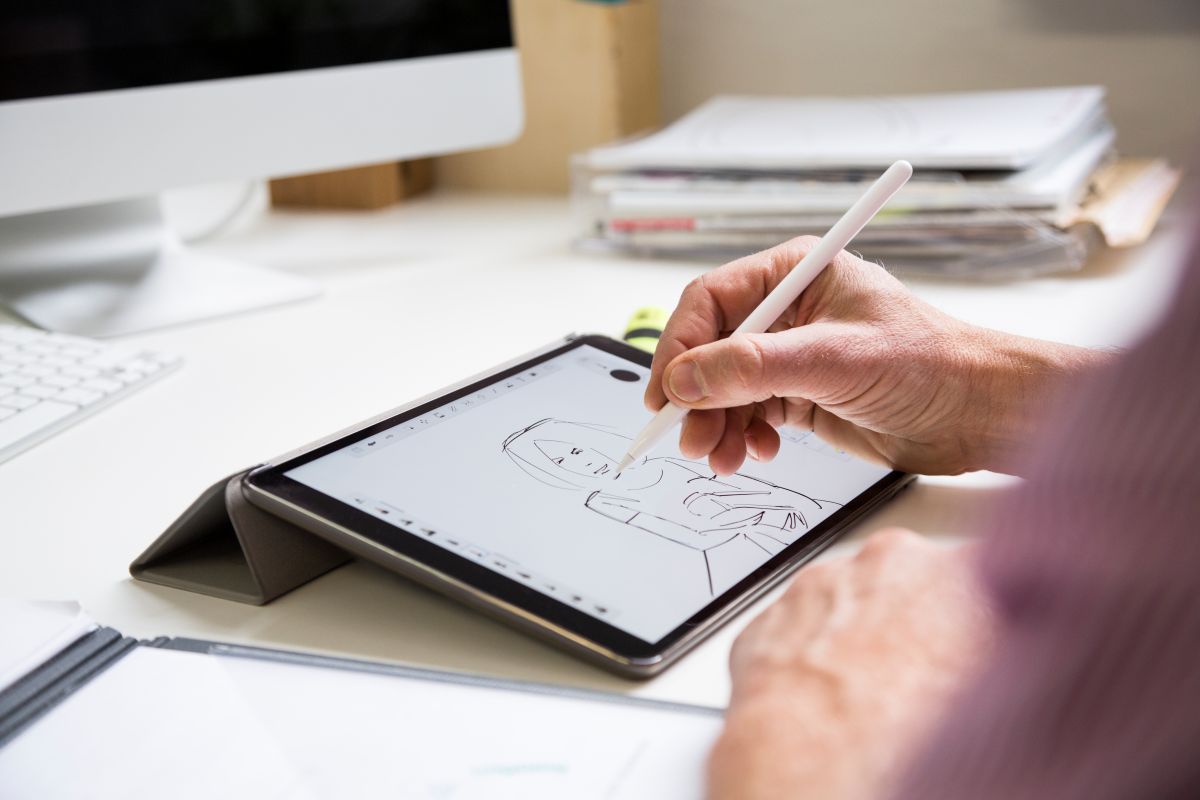
Myth-Buster: “Whiteboard Animations Are Only for Explainers”
Whiteboard animation has long been associated with explainer videos. The format is clear, familiar, and has a reputation for turning complex information into digestible visuals. But this is precisely where the myth begins. Limiting whiteboard animation to explainer content ignores the flexibility of the medium and overlooks where it genuinely excels. When paired with thoughtful sequencing and attention-aware design, it can serve functions that are far more varied, and in some cases, more effective, than most would expect. Let’s take a look at five overlooked uses for whiteboard animation that go far beyond the standard explainer format. Each example reflects a shift in how businesses are applying video creatively and functionally, driven by what the data and behavioural science support.
1. Myth: Whiteboard Animation Is Too Basic for Internal Comms
Reality: It Increases Retention and Cuts Through Information Overload
Internal communication often competes with inbox fatigue, meeting burnout, and low employee engagement. Traditional slide decks or all-hands memos can feel like background noise.
Whiteboard animation offers an antidote. A 2024 study found that employees retained up to 22% more information from whiteboard-based content compared to other formats. The strength lies in the simplicity: a single line, evolving into a concept, guides the viewer’s attention and reduces visual clutter.
This makes it ideal for:
- Quarterly business updates
- Leadership messages
- Company-wide changes or announcements
Unlike dense PDFs or static visuals, whiteboard sequences allow the viewer to visually track how one idea builds into the next. That progression is not just more watchable, it makes information stick.
2. Myth: Whiteboards Are Too Static for Safety Training
Reality: They Provide Step-by-Step Recall for High-Stakes Learning
When it comes to safety training, clarity is non-negotiable. The problem? People often forget the details they need most, especially under pressure.
Whiteboard animation can reinforce procedures by showing how an action sequence unfolds, visually and logically. Whether layered onto live-action footage of drills or used as standalone pre-training material, the format maps behaviour in a way the brain naturally follows.
Research into attention-guided visuals shows that when viewers see actions illustrated sequentially, retention and compliance improve. This becomes especially useful for:
- Evacuation procedures
- Equipment use and maintenance
- Site-specific hazard briefings
Rather than overwhelming employees with lengthy manuals, a whiteboard-driven sequence lets them absorb the process one step at a time.
3. Myth: You Cannot Use Whiteboards in Live Events
Reality: They Make Webinars and Virtual Meetings More Memorable
Static PowerPoint decks in virtual presentations tend to blur together, especially when consumed passively over video calls. Live drawing, even when pre-recorded, triggers a different type of viewer attention.
Inserting whiteboard animation segments into webinars or team presentations increases engagement and helps guide viewer focus. The hand-drawn motion becomes a cue, helping the brain process what matters, when it matters.
In a 2023 article, communications experts noted that visuals supporting live narration significantly raised knowledge recall in internal webinars. This works particularly well when:
- The drawing aligns with live speech in real time
- Points appear in sync with audio emphasis
- Viewers are encouraged to interact or comment on what they observe
This is not about replacing live presenters. It is about helping people stay with the message through a visual narrative designed to reduce mental fatigue.
4. Myth: Whiteboards Are Too Impersonal for One-to-One Use
Reality: They Add a Human Touch to Video Emails and Thank-Yous
There is a reason why hand-drawn visuals feel more personal. They signal effort and intention in a way templated graphics or text do not.
Whiteboard animation is increasingly being used for small-format, direct communication, particularly in personalised thank-you messages, onboarding welcomes, or client follow-ups. By integrating basic personalisation, such as sketching a recipient’s name or their business, the message feels crafted, not automated.
This is especially relevant in B2B communication, where the challenge is often about being remembered among a stream of generic contact. Studies by video engagement platforms show that whiteboard-style videos increase open rates and message retention compared to static alternatives.
Used wisely, this approach:
- Reduces perceived formality
- Enhances memorability
- Signals human effort, even when sent at scale
And while it may seem unconventional, clients are far more likely to rewatch a short, visual thank-you than reread a plain-text follow-up.
5. Myth: Whiteboard Is Too Casual for Professional Culture Training
Reality: It Improves Clarity in Onboarding and Culture Videos
When new hires are presented with dense slide decks about company values, many of them disengage early, especially if they are unfamiliar with the structure, acronyms, or hierarchies involved.
Whiteboard animation allows companies to explain who they are, how they work, and what they expect in a linear and engaging way. Retention rates of visual content have been shown to reach 95%, compared to around 10% for reading alone, as noted in training-focused reports.
Some of the most effective onboarding videos include:
- Animated org charts built in real time
- History timelines drawn to show company milestones
- Scenarios that model cultural expectations (e.g. ethical dilemmas, collaboration approaches)
These sequences function less like lectures and more like walkthroughs. Employees are not just told what the company stands for, they are shown how it works.
How Sequencing Changes Viewer Attention
Across all of these use cases, the value of whiteboard animation increases when visual sequencing is used with intention.
- Attention-first design: Introducing one idea at a time prevents overload and increases message clarity.
- Visual reveal: Building information in layers mimics how people naturally process new data.
- Temporal cues: Matching animation pacing to speech rhythm reinforces comprehension.
The approach mirrors how people prefer to learn, bit by bit, with time to connect the dots. Rather than pushing information, it lets the viewer arrive at understanding through guided observation.
Why This Format Keeps Evolving
The myth that whiteboard animation is only for product explainers persists because early examples set a specific expectation: short, quirky, and often promotional.
But businesses today are using the format as a visual logic tool. They are not just animating for attention. They are applying design thinking to internal training, compliance content, client communication, and remote collaboration.
Whiteboard animation is not a one-size-fits-all approach. Its strength lies in how well it adapts, when used with purpose. For organisations looking to clarify complex internal processes, improve training recall, or reduce presentation fatigue, the format provides a way to help viewers think more clearly, not just watch more passively. That is a shift worth paying attention to.
If whiteboard animation has caught your interest as a way to communicate more clearly and thoughtfully, Sound Idea Digital can help explore how it fits your specific needs. Reach out today to discuss your next project.
We are a full-service Web Development and Content Production Agency in Gauteng specialising in Video Production, Animation, eLearning Content Development, Learning Management Systems, and Content Production.
Contact us for a quote. | enquiries@soundidea.co.za | https://www.soundideavideoproduction.co.za| +27 82 491 5824 |

